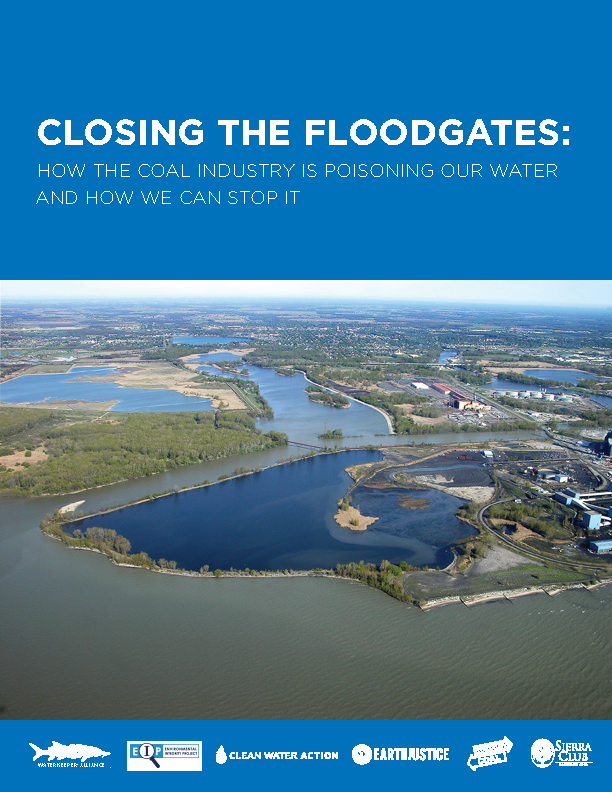- See photos from the press tour of pollution from Duke Energy's Riverbend Steam Station on the Catawba River.
- Listen to a press conference about coal plant pollution and the report
- Read Clean Water President and CEO's statement to the press
Existing national standards meant to control coal plant water pollution are thirty-one years old and fail to set any limits on many dangerous pollutants. Only now has the U.S. Environmental Protection Agency (EPA) proposed to update these outdated standards, in order to curb discharges of arsenic, boron, cadmium, lead, mercury, selenium, and other heavy metals from coal plants. Although the Clean Water Act requires the EPA and states to set pollution limits for power plants in the absence of federal standards, states have routinely allowed unlimited discharges of this dangerous pollution.
Our review of 386 coal-fired power plants across the country demonstrates that the Clean Water Act has been almost universally ignored by power companies and permitting agencies. Our survey is based on the EPA’s Enforcement and Compliance History Online (ECHO) database and our review of discharge permits for coal-fired power plants. For each plant, we reviewed permit and monitoring requirements for arsenic, boron, cadmium, lead, mercury, and selenium; the health of the receiving water; and the permit’s expiration date.

